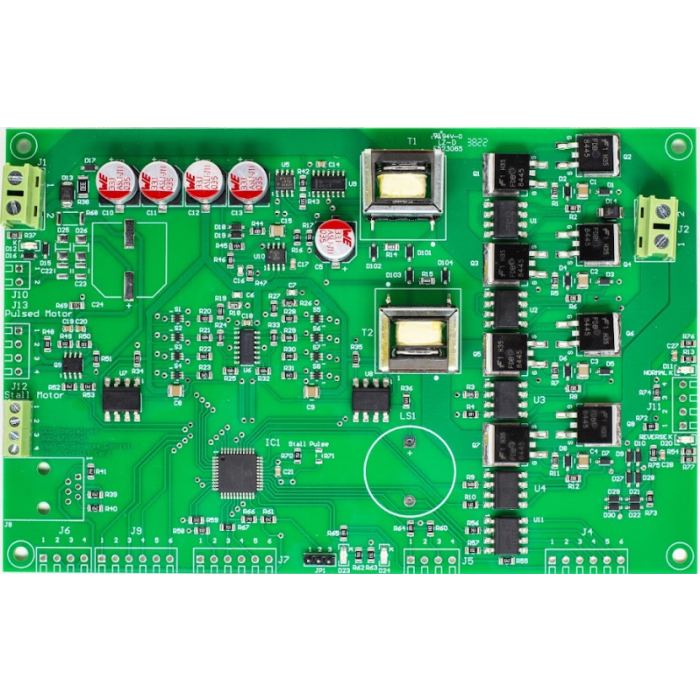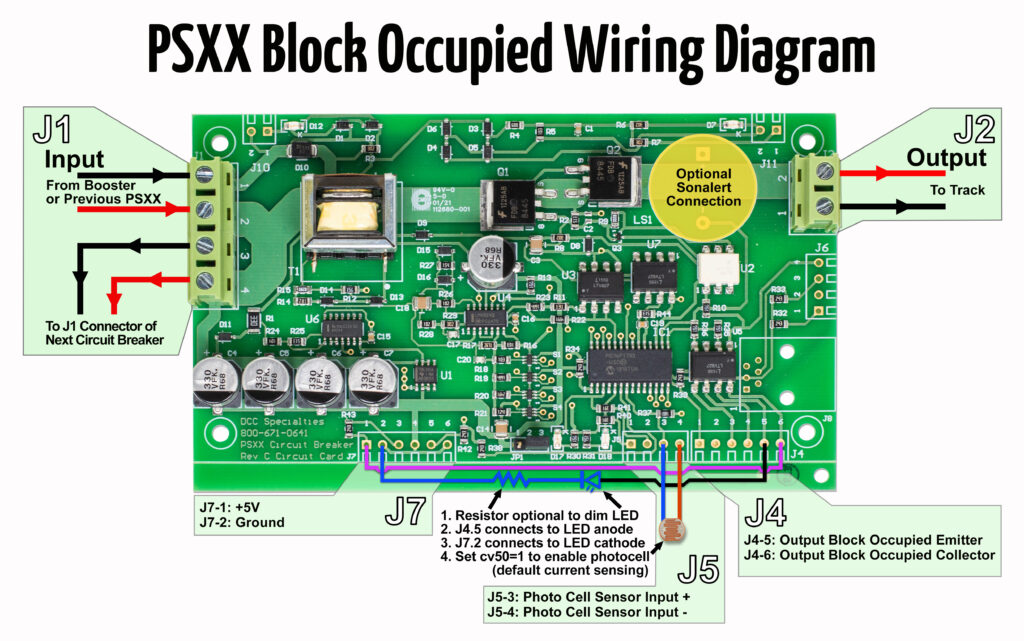 March 2 2023
March 2 2023 PSXX & PSXX-AR Wiring
Hi Guys, I had hoped I wouldn’t need to come back to you for more advice on reversers, but now that I’m under the layout and actually wiring I have a couple more questions if you have the time.
1) One end of the layout has a normal reversing loop which is 16 feet long from gap to gap. For a similar reverse loop on my old layout I placed the PSXX-AR near the beginning of the loop and ran the track bus around the circumference ending with a snubber as shown below. This worked fine, but the loop circumference was only 12 feet. Note: Bus wires are 12AWG and twisted, and track feeder leads are 18AWG in all of the drawings.

On the new layout I think it would be better to run the track bus in both directions out of the PSXX-AR to minimize the distance from the short to the breaker as shown below. Do you agree?

The above drawing has a gap between the right and left legs of the track bus on the far side of the loop. Does it make any difference if there’s no gap and the bus is continuous in and out of the PSXAR as shown below?

2) I would like to add block detection and signaling on the straight reversing sections you previously advised me on. The schematic for each separate section is shown below (they each have their own dedicated PSXX and PSXX-AR).
Would an NCE BD-20 detector work with the PSXX-AR and a 17-foot block length? Will there be interference with the PSXX-AR and/or the BD-20?

Short answer: all looks correct. You can run multiple drops from the PSXX-AR and you don't need a break in the loop. If it were straight, it would just be a track with multiple feeders. Curving it does not change anything. Having a direct connection at each end does shorten the path the trip current follows, which helps insure reliable reversing.
As to block detection, the PSXX-AR has a Block Occupied output. It is a floating transistor that turns on when the block is occupied. It is designed to light an LED when active or to activate the input of a cab bus interface unit. To get green/red, you would need a 5 volt power source (e.g. wall adapter or "wall wort"), a transistor, and a relay. Use a DPDT or SPDT relay. The transistor is to boost the available current from the output enough to operate the relay. Another approach is to use a hex inverter (six logic gates that just invert the input). Two gates drive your LEDs and the output of the PSX-AR controls the inputs. I like this method better, and it would also need the 5V supply.

